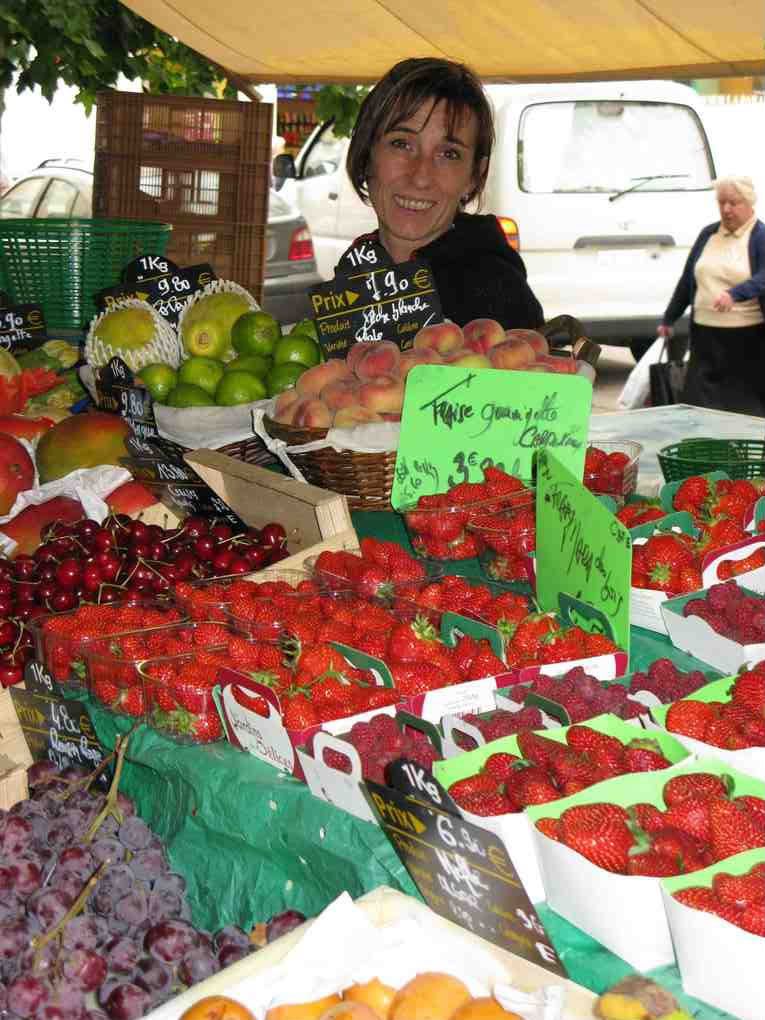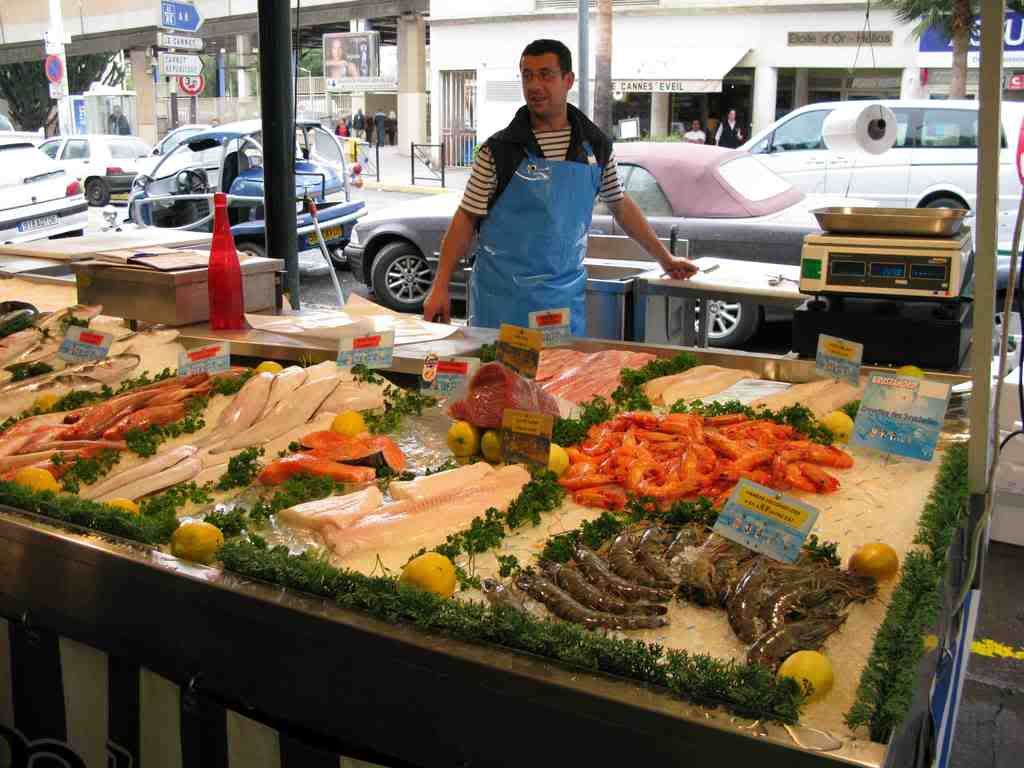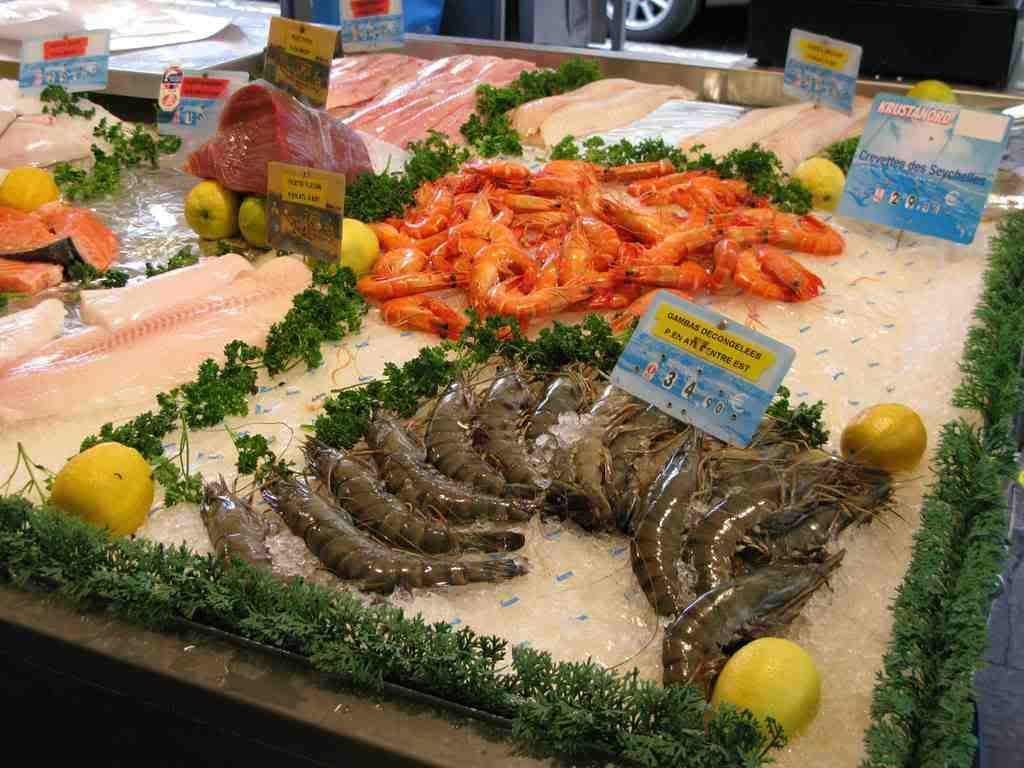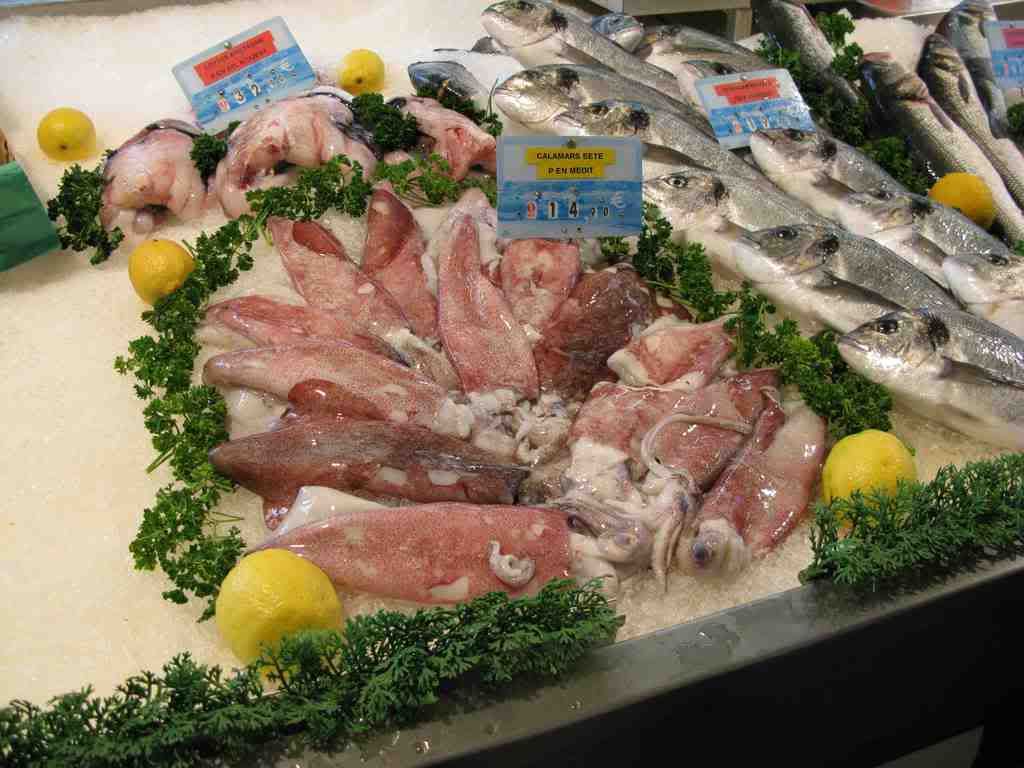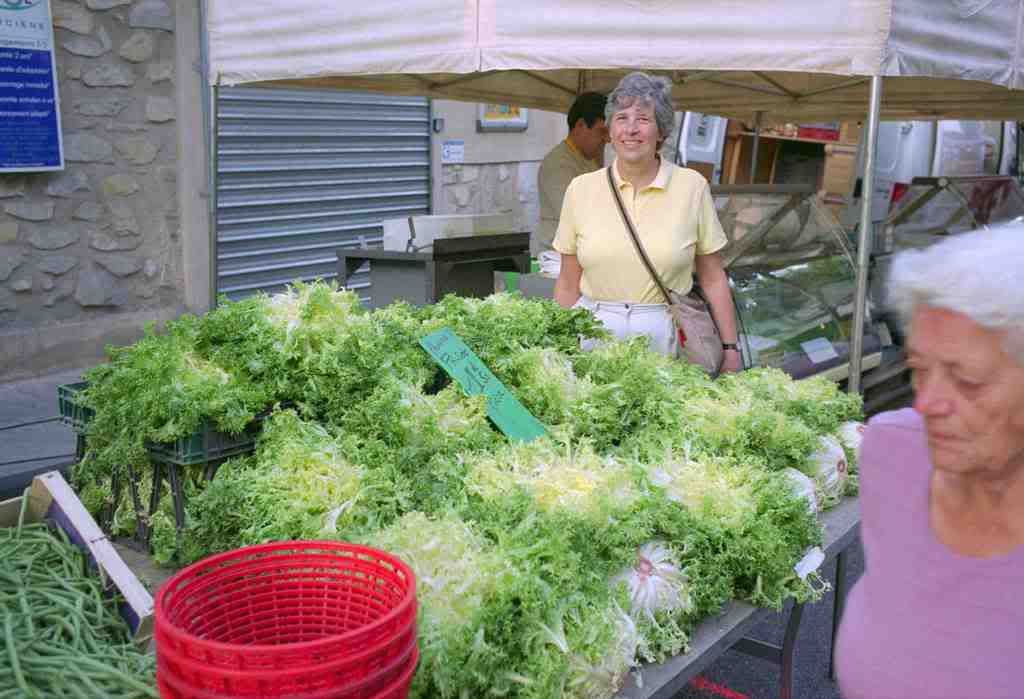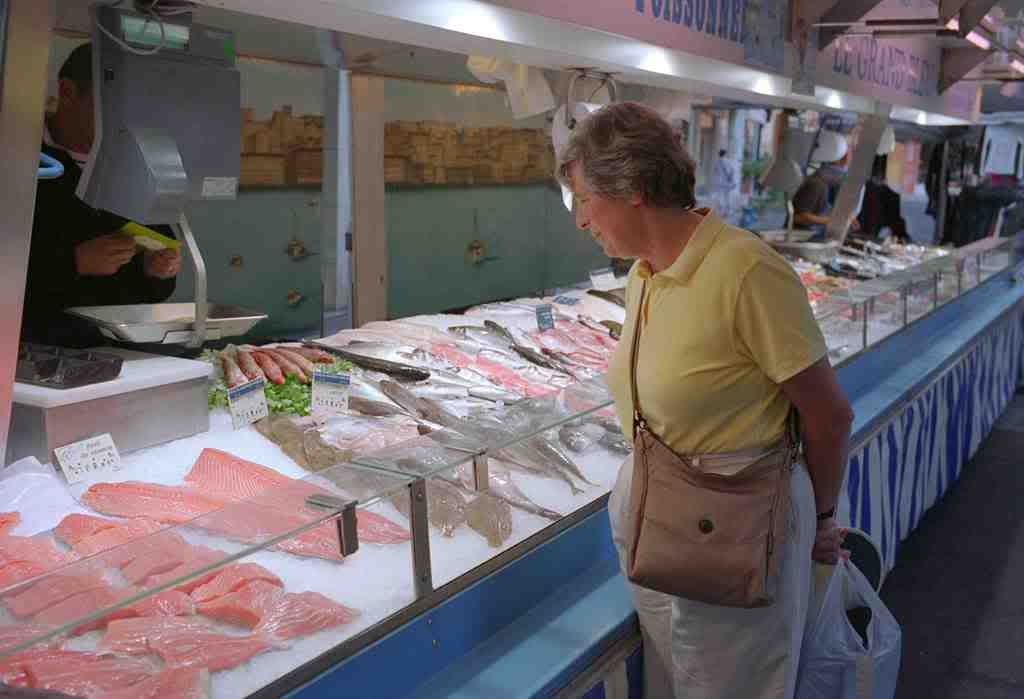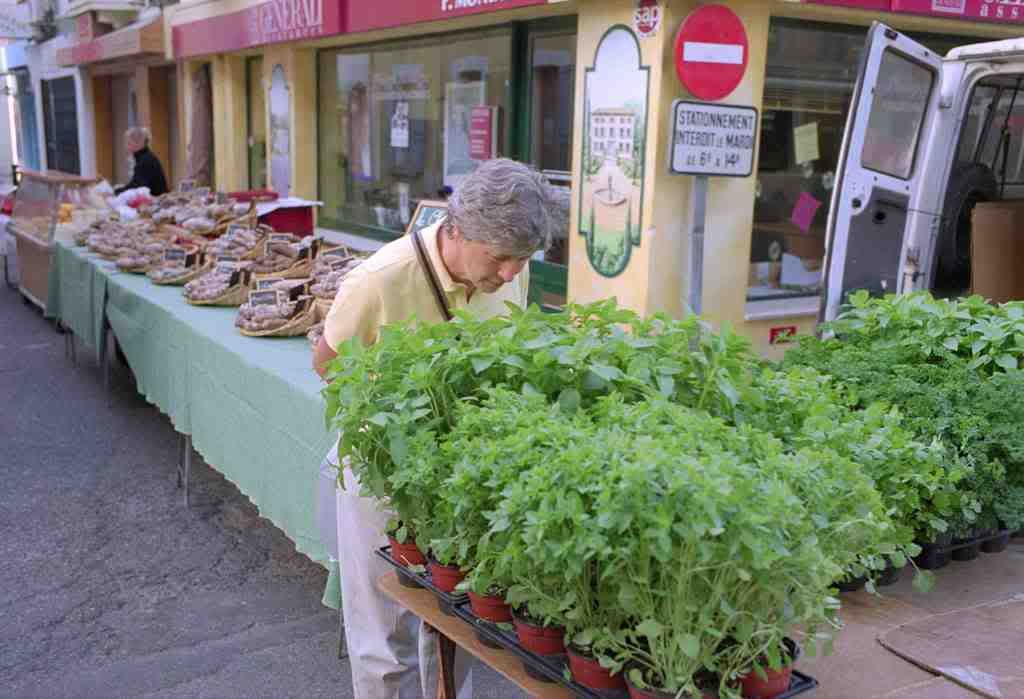
As of
the most recent CDC update (June 9th), the tally of lab-confirmed
Salmonella Saintpaul cases linked to raw tomatoes is holding steady at 167 victims. The youngest victim so far is one year old, and the oldest is 82. Roughly half (49%) are female. At least 23 people have been hospitalized.
FDA and state investigators continue to close in on the source of the contaminated tomatoes. Yesterday,
FDA expanded its list of "safe" growing areas once again. Several counties in Florida are now deemed safe, as are the following states, territories and countries:
Alabama, Arkansas, California, Colorado, Delaware, Florida*, Georgia, Hawaii, Louisiana, Maine, Maryland, Minnesota, Mississippi, New Jersey, New York, Nebraska, North Carolina, Ohio, Pennsylvania, South Carolina, Tennessee, Texas, West Virginia, Wisconsin, Belgium, Canada, Dominican Republic, Guatemala, Israel, Netherlands, Puerto Rico
*Jackson, Gadsden, Leon, Jefferson, Madison, Suwannee, Hamilton, Hillsborough, Polk, Manatee, Hardee, DeSoto, Sarasota, Highlands, Pasco, Sumter, Citrus, Hernando, and Charlotte counties
During the last few days, several people have asked me questions about this outbreak. Here are some FAQs.
How serious is Salmonella?Most cases of
Salmonella infection are relatively mild. Symptoms usually consist of stomach cramps, diarrhea and a low-grade fever. Young children, the elderly, and those with pre-existing illness are at greatest risk of serious consequences – usually resulting from dehydration. As many as 2% of victims might develop a secondary chronic syndrome, such as reactive arthritis or Reiter's Syndrome.
How can FDA say that some growing areas are "safe" without knowing who's at fault?FDA proceeds by process of elimination. As more and more outbreak victims are identified and interviewed, a pattern develops. First, investigators were able to establish that raw tomatoes were the culprit. Next, they managed to limit the varieties of tomato that might be at fault. Now, as federal and state investigators contact food stores and restaurants frequented by the outbreak victims, they can gradually close in on a possible common source for the tomatoes. By naming the safe growing areas as they are identified, FDA probably hopes to reduce the negative impact of this outbreak on the tomato growers.
If the outbreak is spread over 17 states, why have so few people become ill?CDC reports only lab-confirmed cases
in its tally. Only a relatively small percentage of food-poisoning victims – typically, those most seriously affected – ever visit a doctor. And the illness only comes to the attention of state or federal health officials if the doctor thinks to submit a stool sample for lab tests.
A recent Canadian study determined that the actual number of cases of
Salmonella illnesses in that country is between 13 and 37 times as high as the number of reported cases. If those statistics are applied to the current US tomato outbreak, the actual number of
Salmonella victims could easily exceed 2,000 and might even surpass 6,000 people.
Has this happened before?The first multi-state
Salmonella outbreak linked to tomatoes took place in 1990. It was followed by a second outbreak in 1993.
Both outbreaks were traced to a single tomato packing facility, located in South Carolina. Investigators concluded that the tomatoes were most likely contaminated at the packing shed, as a result of all of the tomatoes being dumped into a common water bath for washing. There have been several outbreaks since 1993 – at least a dozen in the last 10 years.
How do tomatoes become contaminated with Salmonella?Contaminated irrigation water
was blamed for two outbreaks, one in 2002 and the other in 2005. Both outbreaks were caused by the identical strain of
Salmonella Newport, and were traced to the same Virginia grower. Investigators were able to find the outbreak strain in pond water that had been used to irrigate the tomato fields.
Salmonella can be spread by field animals; small animals may even carry
Salmonella into
hothouses where tomatoes are grown. Packing houses can also be the source of – or the means of spreading –
Salmonella, as occurred in the 1990 and 1993 outbreaks. Other possibilities include the use of improperly composted manure, field workers tracking contaminated soil into a field on their boots, or inattention to proper sanitation and personal hygiene.
Is anything being done to prevent future outbreaks?Before a problem can be solved, it must first be understood. After the 1990 and 1993 outbreaks had been traced to their common source, industry funded research that confirmed the ability of
Salmonella to grow under tomato packing house conditions. That research was used to develop and implement a program designed to prevent the problems that led to those early outbreaks.
Since then, a large number of graduate students and post-doctoral fellows have cut their collective research teeth on understanding the mechanisms that allow
Salmonella to contaminate – and adhere tightly to – tomatoes, and on how to prevent or eliminate the contamination. Also, FDA, USDA and state officials are working with tomato growers to eliminate the sources of contamination in the fields.
How can consumers protect themselves during this outbreak?The safest approach is to avoid raw, tomato-based dishes – salsas, guacamole, diced or sliced tomatoes – in restaurants, and to limit tomato consumption to those varieties that have not been implicated in the outbreak investigation: cherry tomatoes, grape tomatoes, and tomatoes attached to the vine.
Consumers can also consult the "safe" list (above). Farmer's markets in these areas should be good sources – in season – of raw tomatoes.
Finally, CDC offers the following advice for handling raw tomatoes and other raw produce:
- Refrigerate within 2 hours or discard cut, peeled, or cooked tomatoes.
- Avoid purchasing bruised or damaged tomatoes and discard any that appear spoiled.
- Thoroughly wash all tomatoes under running water.
- Keep tomatoes that will be consumed raw separate from raw meats, raw seafood, and raw produce items.
- Wash cutting boards, dishes, utensils, and counter tops with hot water and soap when switching between types of food products.
 The CDC, the Ohio Department of Health (ODH) and the Michigan Department of Community Health (MDCH) all posted update reports on the E. coli O157:H7 outbreak investigation today.
The CDC, the Ohio Department of Health (ODH) and the Michigan Department of Community Health (MDCH) all posted update reports on the E. coli O157:H7 outbreak investigation today.





